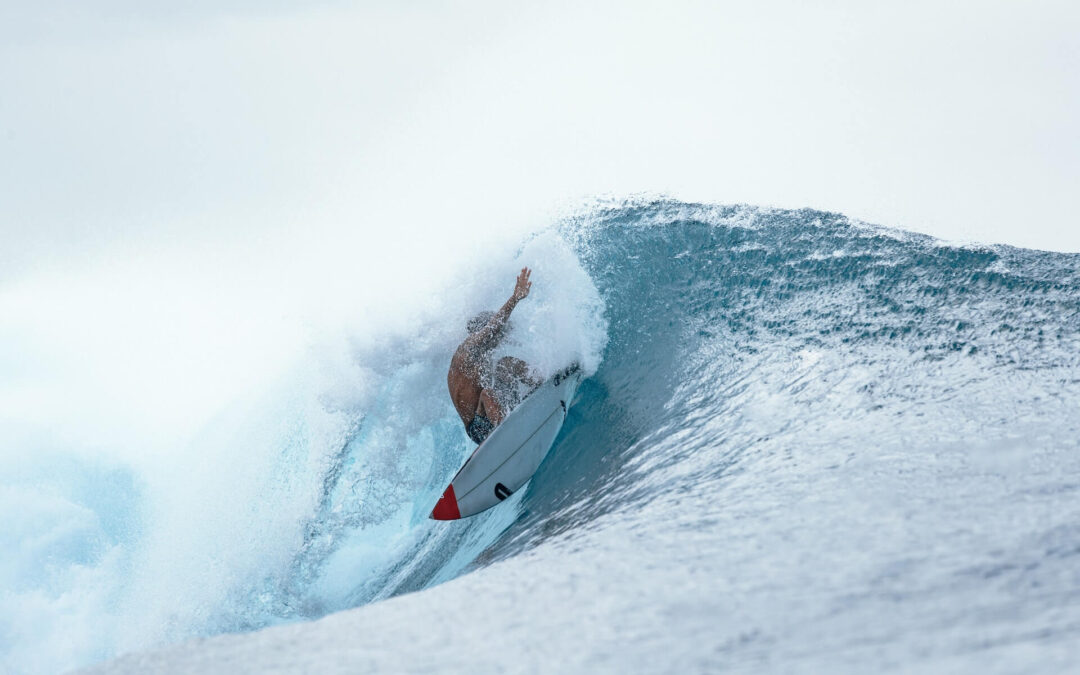Surfing is not just a sport; it’s a way of life for many enthusiasts. The thrill of riding the waves, the connection with nature, and the sense of freedom it brings are unparalleled. However, like any physical activity, surfing comes with its risks, and injuries are all too common among surfers. From strained muscles to joint pain, surf-related injuries can put a damper on your time in the water and even lead to long-term issues if not addressed properly. That’s why understanding how to prevent surf injuries is crucial for surfers of all levels. In this comprehensive guide, we’ll explore various strategies, exercises, and techniques to help you stay safe and injury-free while enjoying your time on the waves. Whether you’re a seasoned pro or just starting out, implementing these injury prevention measures can help you maximize your surfing experience and keep you riding the waves for years to come.
What are most surf injuries caused by?
A) Acute Injuries
Lacerations are the number one surfing injury – from the board, fins, or rocks. The most severe injuries are caused by surfboard contact (fins, nose, tail, rail). An article by Foo, Paul, and Nicholls (2004) looked at ‘Surfing injuries in recreational surfers,’ concluding that lacerations are the most common surfing injury (54%), followed by contusions (36%), muscle strains or tears (4%), fractures (4%), joint sprains (3%), and joint dislocations (1%) in participants randomly recruited from surfing locations throughout Australia, including beaches in QLD, NSW, and VIC. Lower limbs were found to be the most commonly injured area, followed by upper limbs, head, and face.
Concussions/head injury – surfing over shallow reefs or in heavy shore dump will greatly increase the chance of trauma. A hard-shelled helmet is great for reducing lacerations, but there is limited evidence for its effectiveness in reducing the risk of concussive forces (Johnson et al., 2001). Improved neck muscle strength is thought to allow for greater absorption of forces.
Takeoff and tube riding are the maneuvers most commonly leading to injury.
Back strains/sprains – usually a result of wipeouts and the associated twists and turns forced upon the torso. Sudden movements have the potential to damage a poorly conditioned back.
B) Chronic Injuries
Shoulder injuries, such as rotator cuff impingement or tendonitis, result from shoulder strain. This chronic condition is commonly seen in beginners (due to poor paddling technique) and older surfers (accumulated miles of paddling). Shoulder issues are typically an overuse problem caused by repetitive paddling, unaccustomed volume or intensity of surfing, and weak stabilizing muscles. Strengthening the rotator cuff stabilizers can prevent the prime movers, such as the deltoids, from pulling the humerus out of position and causing soft tissue compression. This is where surf strength and conditioning will help.
Back strains/sprains can develop from prolonged paddling if the glutes and lower back muscles are not well-conditioned, creating shear force around the sacroiliac joint and lumbo-sacral (lower back and hip) region.
Groin strains may result from inflexible adductors, chronic scar tissue, poor squat technique, and inadequate warm-up.
Knee injuries, such as MCL strains from valgus stress, can be prevented with a thorough warm-up and proper conditioning. Training knee stability and strength endurance is also essential.
Older surfers may experience neck issues due to hyperextension during surfing, exacerbated by immobile thoracic spines. This can lead to compensation in the cervical, shoulder and lower back regions.
Injury Mitigation Plan
A plan for reducing surfing injury prevalence could involve these key factors:
- Sensible surfing involves understanding wave dynamics, adhering to surf etiquette, and respecting personal limits, especially avoiding challenging conditions for beginners.
- Mobilise restricted joints like the thoracic spine, shoulders, hips, and ankles to prevent compensation in adjacent areas.
- Stretch tight areas identified by a physical therapist or coach, incorporating dynamic stretches in warm-ups and static stretches post-exercise for optimal muscle length. Practice end-range strengthening regularly to expand or maintain your useable ranges of motion and create joint stability.
- Implement a balanced strength program focusing on pull-to-push ratios, unilateral strength, and functional exercises for surfing performance.
- Develop scientifically sound training programs with progressive intensity and volume, emphasizing technique mastery.
- Address surf-specific imbalances in the gym, such as pelvic rotation from a natural or goofy surfing stance, to prevent injury and hip degeneration.
- Observe physiological and psychological signs of overreaching, overtraining, and burnout, adjusting training accordingly. Monitor sleep quality, hydration, nutrition, emotional stressors, and physical symptoms like fatigue, soreness, and changes in appetite.
- Ensure nutrition is sound and supportive of physical demands, providing the correct energy pathways and building strong bodies.
- Encourage enjoyment, relaxation, and mindfulness during surfing sessions to enhance performance and reduce stress, particularly for competitive athletes.
